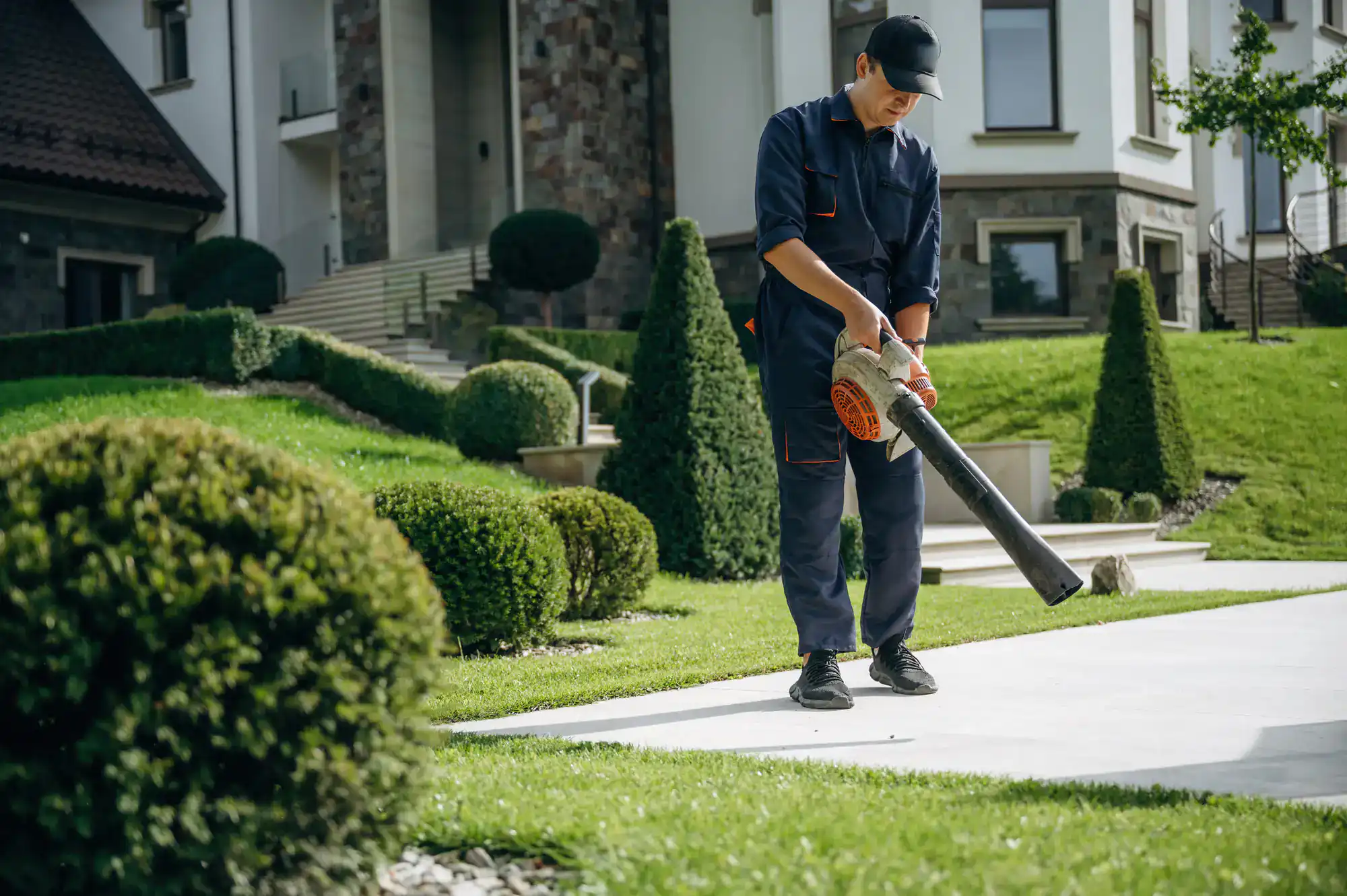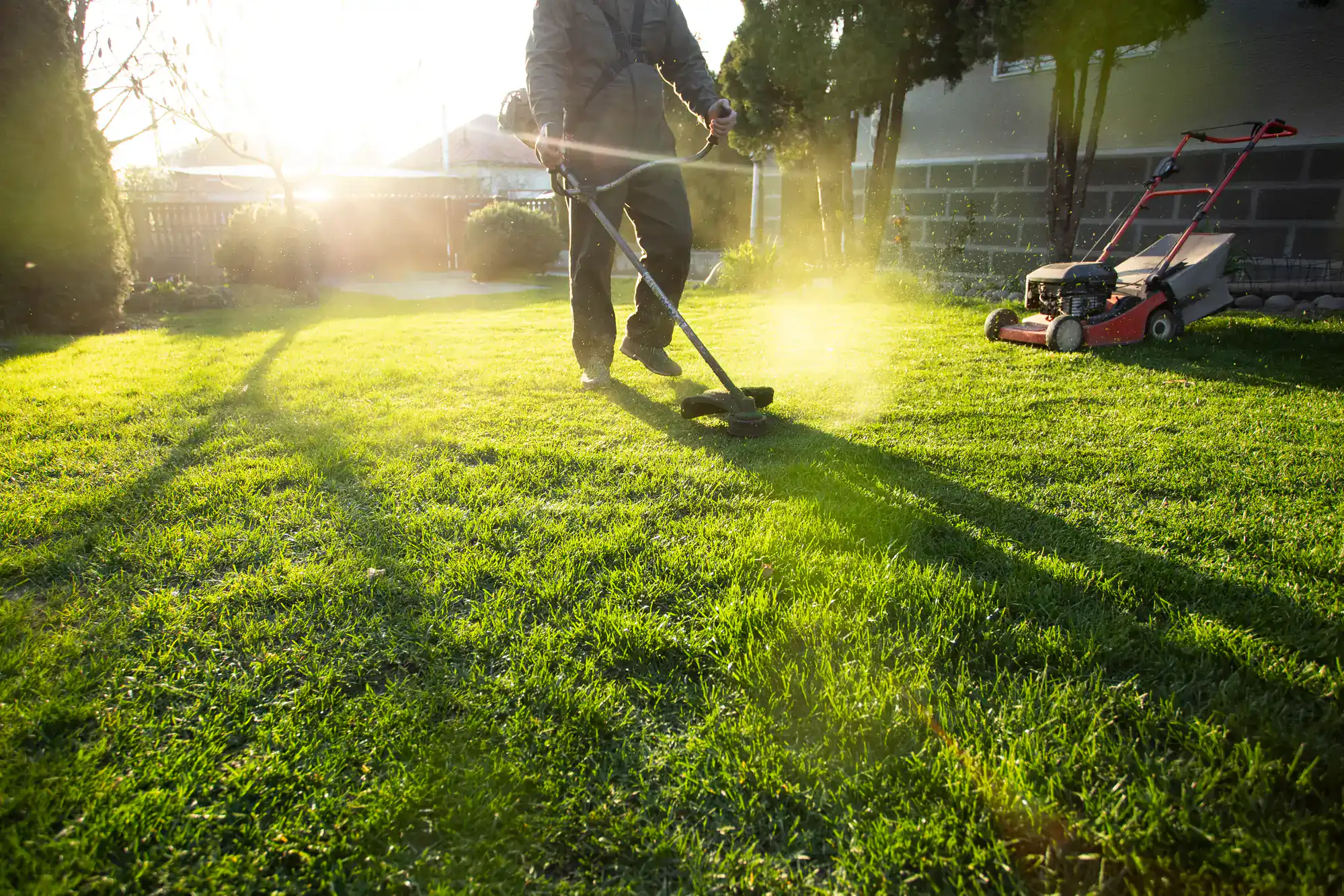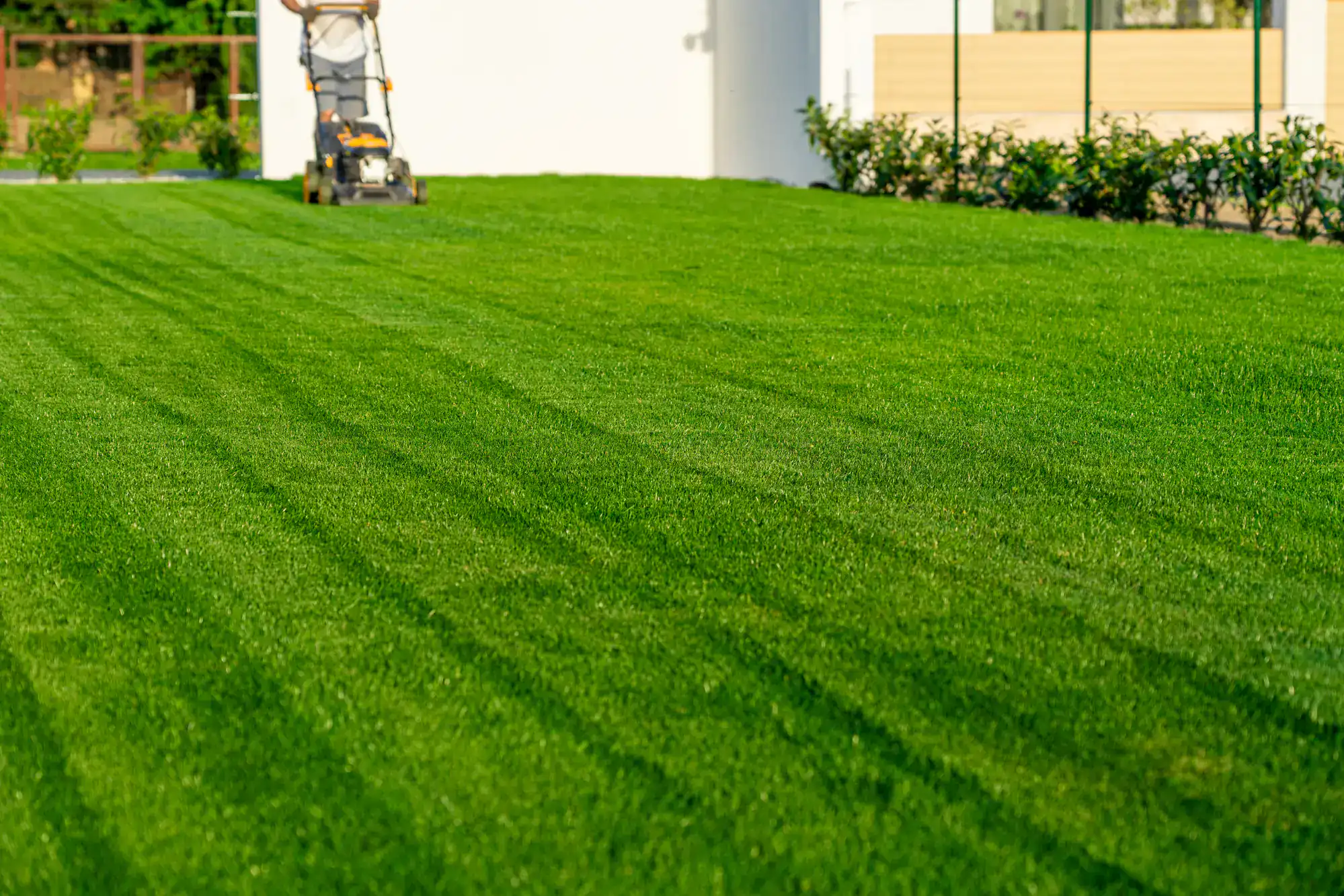

You get a thick, healthy lawn that stays green through Florida’s intense growing seasons. No more battling Bermuda grass invasions in your St. Augustine. No more wondering if your irrigation is actually helping or hurting.
Your neighbors notice the difference. Your property value reflects it. Most importantly, you stop worrying about it every weekend.
We handle the technical stuff—timing fertilization around Florida’s nitrogen restrictions, managing irrigation during Hill ‘n Dale’s unpredictable weather patterns, and keeping aggressive weeds from taking over your investment. You get to enjoy the results without becoming a grass expert.
Mainstreet Landscaping has been family-owned and operated since 1995, serving Hill ‘n Dale and throughout Citrus County. We understand the specific challenges of maintaining lawns in this area—from the sandy soils that drain too quickly to the humidity that fuels both grass growth and pest problems.
As state-licensed irrigation contractors and authorized dealers for premium paver manufacturers like Tremron and Belgard, we bring professional credentials to every residential lawn mowing job. But what really sets us apart is our commitment to the community—from hurricane cleanup assistance to supporting local youth programs and offering military discounts.
We’re not going anywhere. This is home, and every lawn care service we provide reflects on the neighborhood we’re raising our own families in.

First, we assess your lawn’s current condition and identify any problem areas—whether that’s Bermuda grass invasion, irrigation issues, or pest damage from chinch bugs or fungal problems. No assumptions, no cookie-cutter approach.
Then we create a maintenance schedule that works with Florida’s growing patterns and Hill ‘n Dale’s specific conditions. This means proper timing for fertilization, mowing heights that favor your St. Augustine grass over invasive species, and irrigation adjustments for both rainy season and dry spells.
Regular lawn service includes professional mowing at the correct height, precise edging along walkways and beds, thorough trimming around obstacles, and ongoing monitoring for issues before they become expensive problems. You get consistent results and a lawn that actually improves over time.

Ready to get started?
Every lawn care service includes professional mowing at the correct height for your grass type, precise edging along all walkways and beds, and thorough trimming around trees, fences, and obstacles. We clean up all clippings and debris, leaving your property looking sharp and professional.
For Hill ‘n Dale homeowners, this attention to detail matters because of the area’s family-friendly, well-maintained neighborhood character. Your lawn maintenance needs to match the community standards that residents take pride in—the kind of neighborhood where people walk their dogs, kids play outside, and curb appeal actually means something.
We also monitor for common Florida lawn issues during each visit—early signs of chinch bug damage, fungal problems from humidity, or Bermuda grass trying to establish itself in your St. Augustine. Catching these issues early saves you money and keeps your investment protected year-round.

In Hill ‘n Dale’s climate, most lawns need mowing every 7-10 days during peak growing season, which runs much longer here than in cooler climates. St. Augustine grass grows aggressively in Florida’s heat and humidity, especially during summer months when we get regular afternoon thunderstorms.
The key is maintaining consistent height rather than waiting until the grass gets too long. Cutting more than one-third of the blade length at once stresses the grass and creates openings for weeds like Bermuda grass to establish themselves in your lawn.
During slower growth periods in winter, you might stretch mowing to every 2 weeks, but regular maintenance keeps the lawn healthier and reduces long-term problems. We adjust frequency based on actual growth rates, not calendar dates.
Bermuda grass is one of the biggest challenges for St. Augustine lawns in Florida because it spreads aggressively through both above-ground stolons and underground rhizomes, thriving in the same hot, sunny conditions your St. Augustine needs. The most effective approach combines proper cultural practices with targeted treatments.
Keep your St. Augustine mowed at 3.5-4 inches, which shades out the Bermuda grass that prefers shorter cutting heights. Bermuda grass struggles in shade, so maintaining a thick, tall St. Augustine canopy naturally suppresses it over time.
For established Bermuda patches, selective herbicides like Fusilade II combined with Recognition safener can eliminate Bermuda without harming your St. Augustine. This requires precise timing, proper application rates, and understanding of both grass types’ growth cycles—which is why most homeowners prefer professional treatment rather than risking damage to their entire lawn.
Florida has specific fertilizer restrictions during summer months (typically June through September) to protect water quality from runoff during rainy season, so timing your fertilization correctly is both legally required and agronomically smart. The best windows are early spring (March-May) and fall (October-December).
Spring fertilization supports active growth as grass comes out of winter dormancy and temperatures start rising consistently. Fall feeding helps the lawn store nutrients for winter and promotes deep root development without excessive top growth during the stressful summer months.
Many Florida municipalities, including areas around Hill ‘n Dale, have local ordinances restricting nitrogen fertilizer during rainy season when runoff is highest. We stay current with these changing regulations and adjust fertilization schedules accordingly, ensuring your lawn gets proper nutrition without legal compliance issues.
Chinch bug damage typically starts as yellowing patches that gradually turn brown and expand outward, often appearing first in the sunniest, driest areas of your lawn where grass is already stressed. Unlike drought damage, these patches don’t recover when you water them and tend to grow larger over time.
You can test for active chinch bugs by examining the grass at the edge of damaged areas where healthy grass meets dying grass. Part the grass down to soil level and look for small black bugs with distinctive white wings, about 1/6 inch long. They’re most active during warm weather and often hide in thatch layers during the day.
Early detection is critical because chinch bugs multiply rapidly in Florida’s heat—a small population can explode into lawn-damaging numbers within weeks. Professional treatment involves targeted insecticides applied when bugs are most vulnerable, typically in late spring or early summer, combined with cultural practices that make your lawn less attractive to these pests.
Most Florida lawns need about 1 inch of water per week total, including rainfall, but the timing and method matter more than the total amount. Deep, infrequent watering encourages deep root growth that helps grass survive drought and heat stress, while frequent shallow watering creates weak, surface-rooted grass that struggles in Florida’s challenging conditions.
Early morning watering (between 4-8 AM) is most efficient because it reduces evaporation losses and gives grass blades time to dry before evening, preventing fungal diseases that thrive in Florida’s high humidity. Watering in late afternoon or evening keeps grass wet overnight, creating perfect conditions for disease problems.
During Hill ‘n Dale’s rainy season, you may not need supplemental irrigation at all—in fact, overwatering during humid weather increases disease pressure. During dry periods, 2-3 deep watering sessions per week work much better than daily light sprinklings. Professional irrigation systems with weather sensors and proper zone programming optimize water use while maintaining lawn health.
Mulching grass clippings is generally better for Florida lawns because it returns valuable nutrients to the soil—equivalent to about one fertilizer application per year—and helps retain soil moisture during hot weather. Clippings decompose quickly in Florida’s heat and humidity, providing natural slow-release fertilization without the environmental impact of synthetic fertilizers.
However, mulching only works effectively when you’re cutting small amounts frequently, following the one-third rule for blade length. If the grass gets too long between mowings, clippings can clump and block sunlight, creating dead spots or promoting fungal growth in our humid conditions.
During peak growing season when St. Augustine grass can grow several inches per week, some lawns produce too many clippings to mulch effectively. We adjust between mulching and bagging based on current grass length, recent weather conditions, and overall lawn health to optimize results rather than following a rigid schedule.
Useful Links